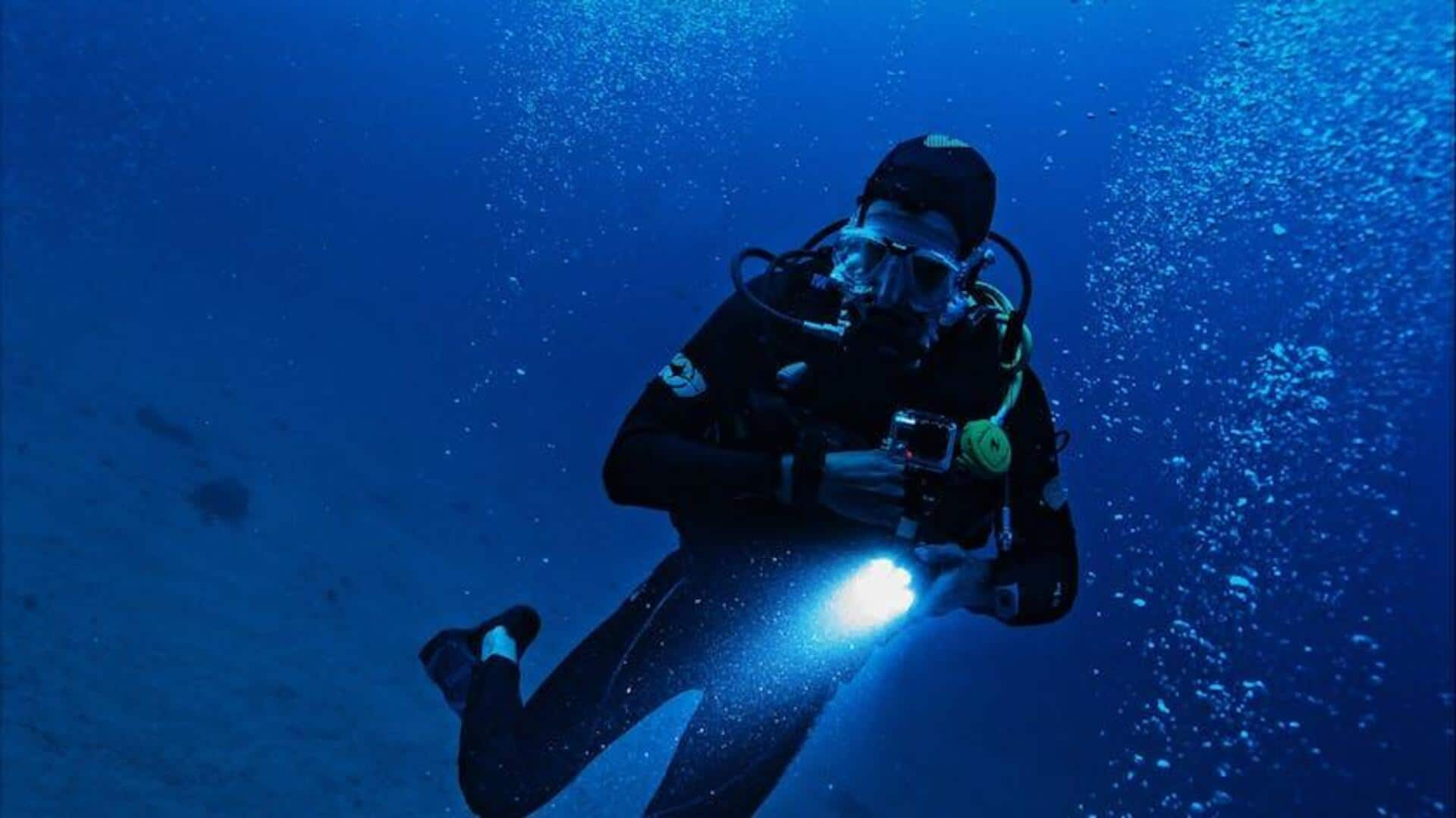
Dive deeper: 5 exercises to improve underwater hearing
What's the story
Enhancing your underwater hearing can make a world of difference for swimmers, divers, and anyone who enjoys underwater sports.
Since our ears aren't naturally built for hearing underwater, it's important to understand and practice specific exercises to enhance this capability.
This article provides five easy-to-follow exercises designed to strengthen the muscles around your ears and improve your overall hearing abilities underwater.
Equalization
Ear pressurization techniques
Equalization is key for divers and swimmers to prevent ear discomfort and improve underwater hearing.
By pinching your nose closed and gently blowing, you generate pressure that opens the Eustachian tubes, equalizing the pressure between your middle ear and the outside world.
Practicing regularly on land makes this technique more natural when submerged, enhancing comfort and hearing ability underwater.
Otoconia maneuvers
Otoconia stimulation exercises
The otoconia, minuscule calcium carbonate crystals in the inner ear, play a vital role in detecting motion and maintaining balance.
By stimulating them with specific head movements (such as side tilts or gentle circular motions) before and during a dive, you can enhance balance and spatial awareness underwater.
This also improves auditory processing, making it easier to navigate and hear underwater.
Sound localization practice
Auditory training programs
Practicing sound localization on land significantly improves your ability to determine the direction of sounds underwater.
This can be done by closing your eyes while a friend walks around you, making noises for you to identify.
This exercise helps your brain get accustomed to processing sound waves more effectively, which in turn significantly improves your ability to locate objects or other divers by sound.
Tubal function improvement
Eustachian tube strengthening exercises
Training the muscles that open the Eustachian tubes allows for easier equalization during diving or deep underwater swimming.
Simple exercises such as swallowing or chewing gum replicate the natural actions that open these tubes during surface activities.
Integrating these actions into regular practice routines builds muscle memory, facilitating almost reflexive equalization during depth changes.
Water-based sound discrimination
Hydrodynamic listening practices
Listening exercises while partially submerged can help your ears adjust to the difference between hearing in air and water.
Guessing the specific sounds and their distances underwater or using underwater walkie-talkies can help train your ears to get used to how sound travels differently in water.
With time and practice, you'll get better at accurately identifying sounds while submerged.